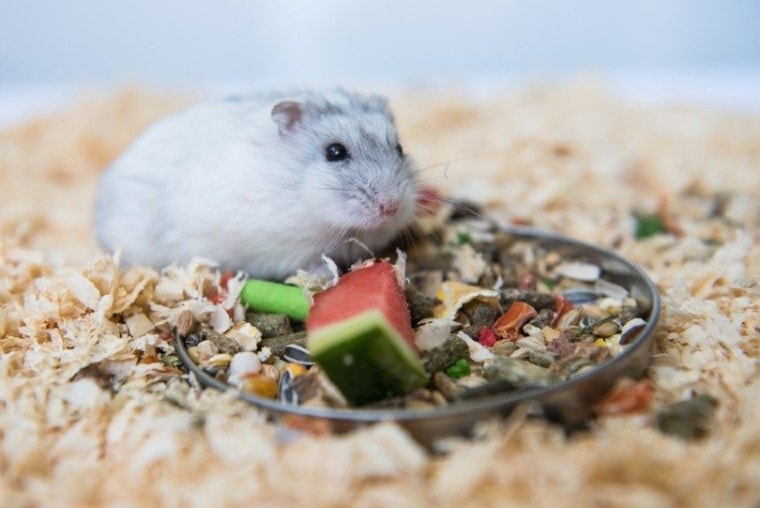
Cleaning your hamster’s bedding is going to be one of the most important aspects of keeping your little guy or gal healthy. It might not seem like a big deal, but dirty bedding stinks up your house and also causes significant health issues for your hamster.
If you’re new to hamster owning, you might wonder how often you should change the bedding in the cage. In short, you should clean out your hamster’s dirty bedding daily, and completely change it out once per week.

Change Dirty Bedding Daily
It won’t take long to learn that hamsters poop and pee a lot. Especially when they’re young, their digestive systems work incredibly fast. If you have one or more hamsters in the cage, things can get dirty quite quickly.
Removing any soiled pieces can help retain the bedding a little bit longer. Plus, your hamster won’t be roaming around in its own waste.
Change Bedding Completely Once a Week
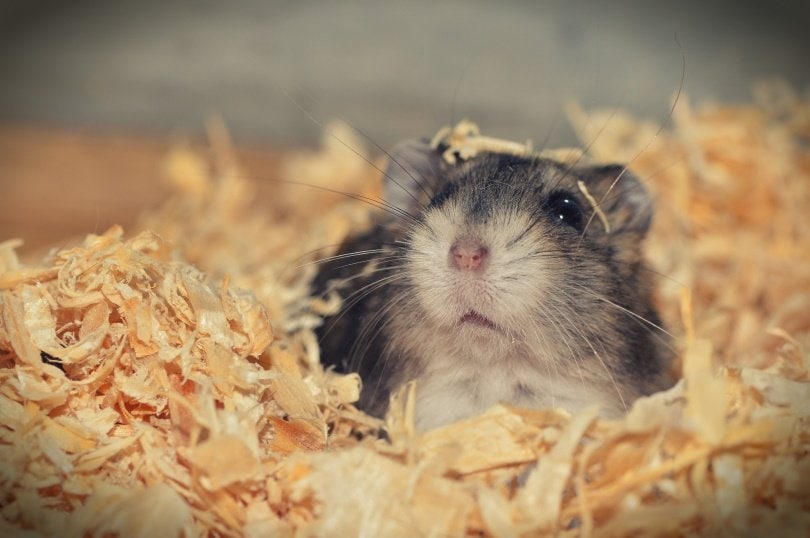
Every seven days, you should change out the hamster’s bedding completely. You might switch this to twice a week if you have multiple hamsters. The cage will get a lot dirtier, which requires more frequent cleaning.
How to Change Hamster Bedding
Depending on your cage setup, changing out the bedding might be a little bit different. Some cages have a pull-out tray where you simply remove the slide-out portion and dump it. Other trays require you to disassemble the top part to discard the lower half.
No matter how your cage is set up, you will need the following supplies:
- Gloves
- Disposable bag
- Bedding
- Paper towels
- A safe place to put your hamster
- Rodent-safe cleaner (optional)
Next, you can start the cleaning process.
- Place your hamster into a safe temporary enclosure.
- Put your gloves on.
- Remove any of your hamster’s belongings that might be in the way.
- Remove the bedding tray or access the bedding area.
- Dump the soiled bedding into your disposable bag.
- Wipe down the cage with wet paper towels (with or without rodent-safe cleaner)
- Dry the cage completely with a paper towel.
- Dispose of the paper towels.
- Reassemble the cage.
- Put back every toy, hut, and snack as your hamster had it.
- Place your little guy back in their freshly cleaned cage.
Rodent-Safe Cleaners
Sometimes, your hamster’s cage will require routine deep cleaning.
Some rodent-friendly options are:
- Baby wipes
- Diluted apple cider vinegar
- Dawn dish soap
Never use harmful chemicals like:
- Bleach
- Aerosols
- Scented disinfectant
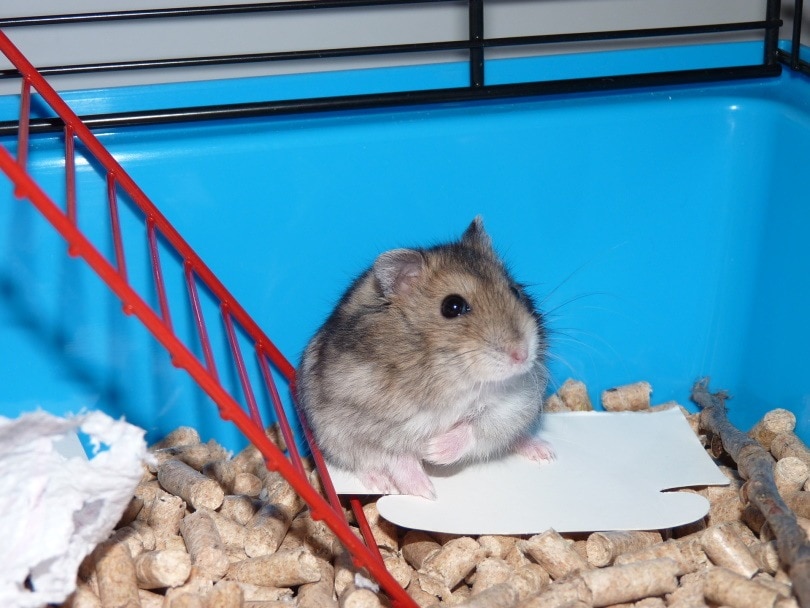
Best Bedding for Hamsters
Like any other pet product, certain types of bedding are better than others.
The best bedding you can get for your hamsters includes:
- Recycled paper—recycled paper is environmentally friendly, superabsorbent, and less messy than some other beddings.
- Aspen shavings—you might have heard that some wood shavings are not good for rodents, but aspen is not on that list. These shavings provide aromatic results, masking the odors of urine and feces without harmful ingredients.
- Paper pellets—paper pellet bedding is ultra-absorbent and all-natural.
- Toilet paper/paper towels—toilet paper and paper towels are inexpensive choices, especially if you are out of their regular bedding. One major downfall to this method, however, is that there are no odor-absorbing qualities.
Benefits of White Bedding
Using white bedding helps you spot soiled areas. It takes a lot of guessing work out trying to find where they went to the bathroom. You can easily clean the cage daily and also get a better grasp of their favored potty spots.
Dangerous Bedding for Hamsters
There are some rodent bedding sold on the market that is actually very dangerous for your little one.
- Pine—pine bedding is very fine and can harm your hamster’s lungs.
- Cedar—like pine, cedar can irritate the airways, as it contains phenols.

How Dirty Bedding Can Harm Your Hamster
If you don’t clean out your hamster’s cage frequently enough, it can lead to specific health issues that could be detrimental for your hamster. These illnesses can be challenging to treat.
One big problem with hamsters is that they sometimes don’t show symptoms of an illness until it’s pretty far advanced. This phenomenon is due to a prey response seen in many rodents. Many times, you won’t catch the signs until it’s sometimes too late.
Common concerns linked to dirty bedding include:
- Wet tail—usually due to stress (such as living in a dirty environment), wet tail can spawn from a certain bacteria. This disease is incredibly contagious and needs addressing immediately, especially if your hamster lives with others.
- Upper respiratory illness—hamsters are incredibly sensitive to moisture. They catch upper respiratory disease very easily. Keeping their environment completely dry eliminates the likelihood.
Symptoms of Illness in Hamsters
If your hamster is showing signs of illness, these are things you can look for:
- Lethargy
- Sneezing
- Coughing
- Wheezing
- Diarrhea
- Loss of appetite
- Poor, lackluster coat
- Tail wetness
If you notice any of these symptoms, you need to get your hamster to your exotic veterinarian right away. Many illnesses are treatable if you catch them in time.
Handling Your Hamster
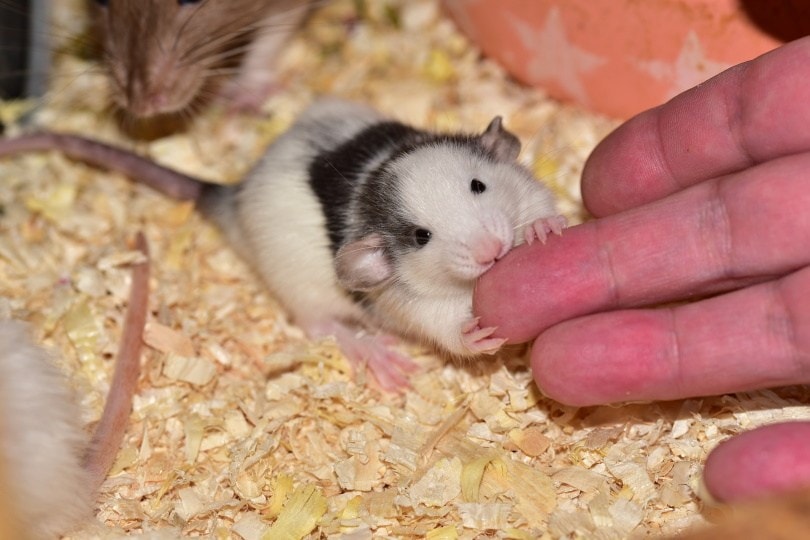
Hamsters generally don’t carry disease. However, sometimes they can have bacteria like E. coli and salmonella in their poop. If your hamster’s cage is filthy, handling them could cause cross-contamination. Both of these bacteria can make you very sick if they get into your system.
Always make sure you wash your hands thoroughly after handling your hamster and any of their bedding.
Can You Potty Train Your Hamster?
It might surprise you to know that you can somewhat potty train your hamsters. Like many rodents, they typically gravitate towards one corner of their cage to do their business.
You can put small disposable litter trays in each corner of the cage. Once your hamster starts favoring one of the sides, you can remove each litter box one at a time until they’re down to a singular one.
Potty training might work best while your hamster is still very young, but you can try it at any age.
Do Hamsters Eat Their Own Poop?
There are two types of hamster poop. One is a hard pellet-like texture that they usually secrete during daylight hours.
However, the nighttime poop is a little bit different. It’s usually softer and lighter—and when they eat it, it’s called coprophagy. This type of poop provides adequate nutrients that your hamster needs to thrive.

Final Thoughts
Keeping a safe, clean living environment is one of the most critical aspects of health for your hamster. Set a schedule so you can remember when it’s time to clean up.
Keep in mind that it’s best to get all the dirty pieces out of your hamster’s soiled litter daily. It would help if you also changed the bedding entirely once a week to avoid odors and sickness—but never use cedar or pine shavings. Always remember to wash your hands before and after handling your hamster.
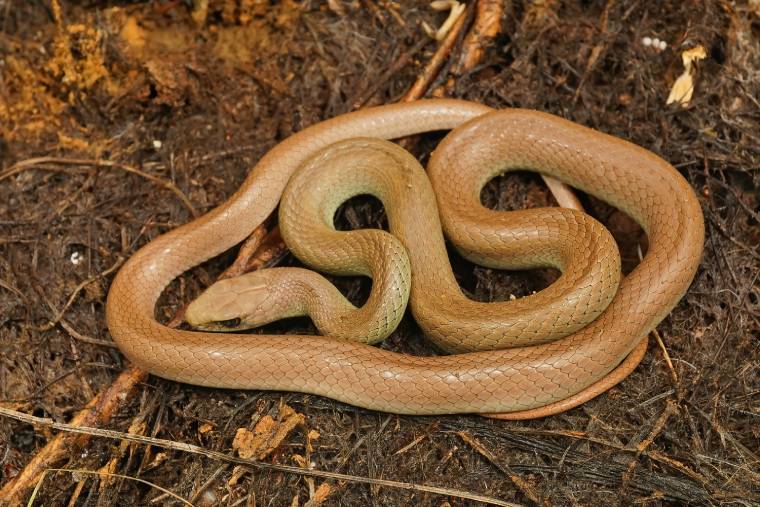

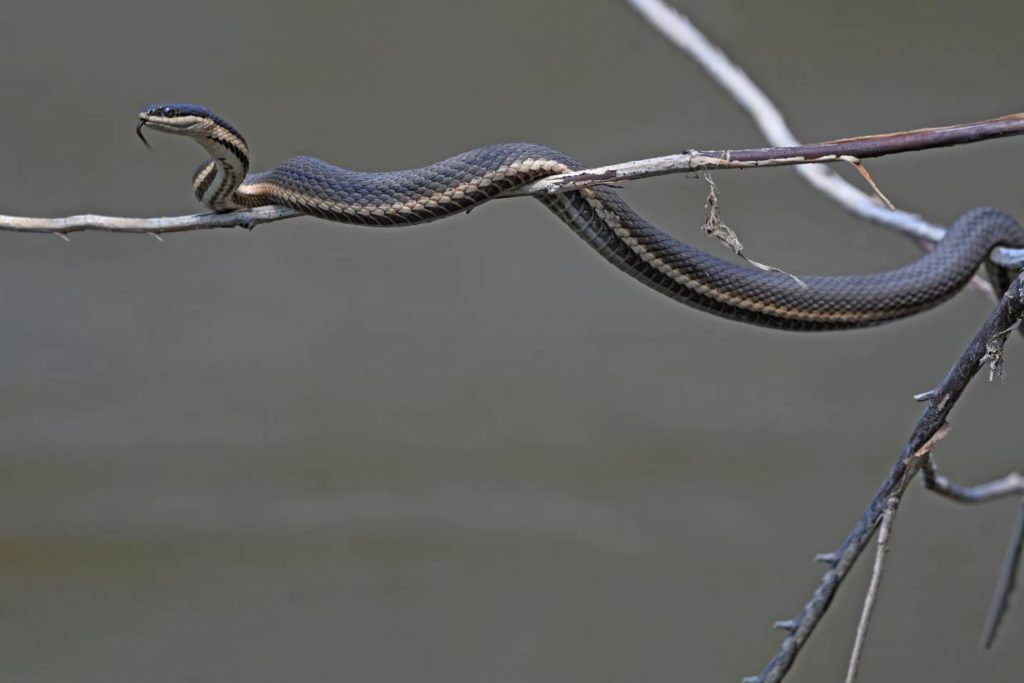

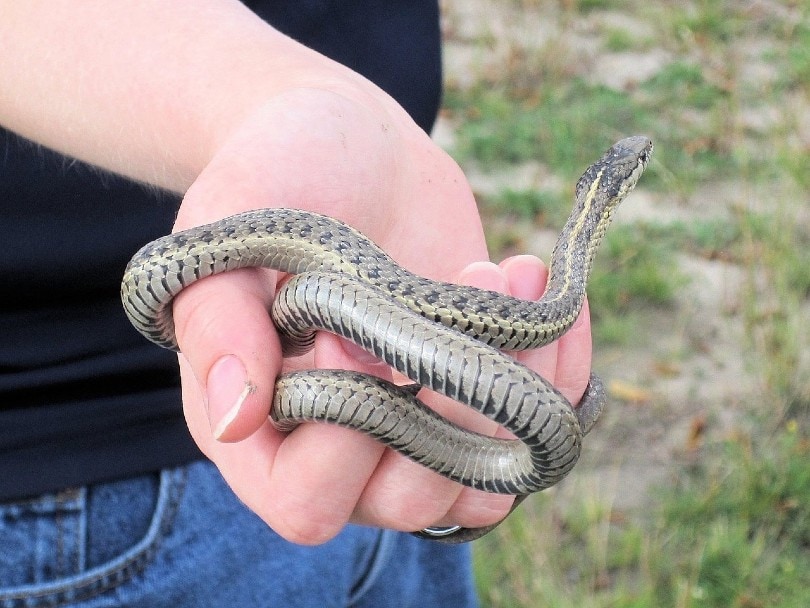
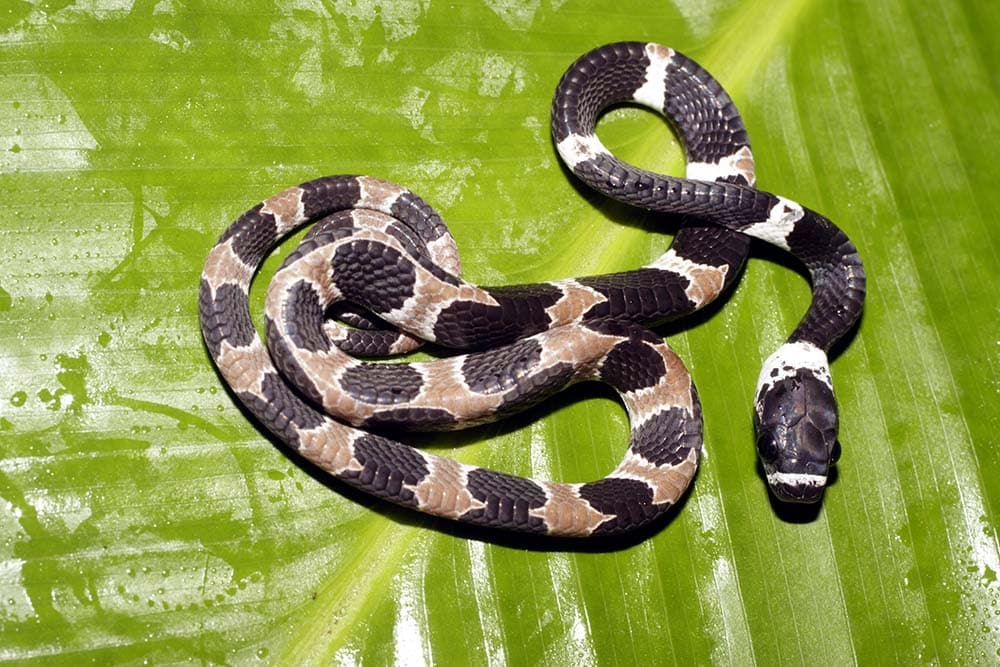



.jpg)